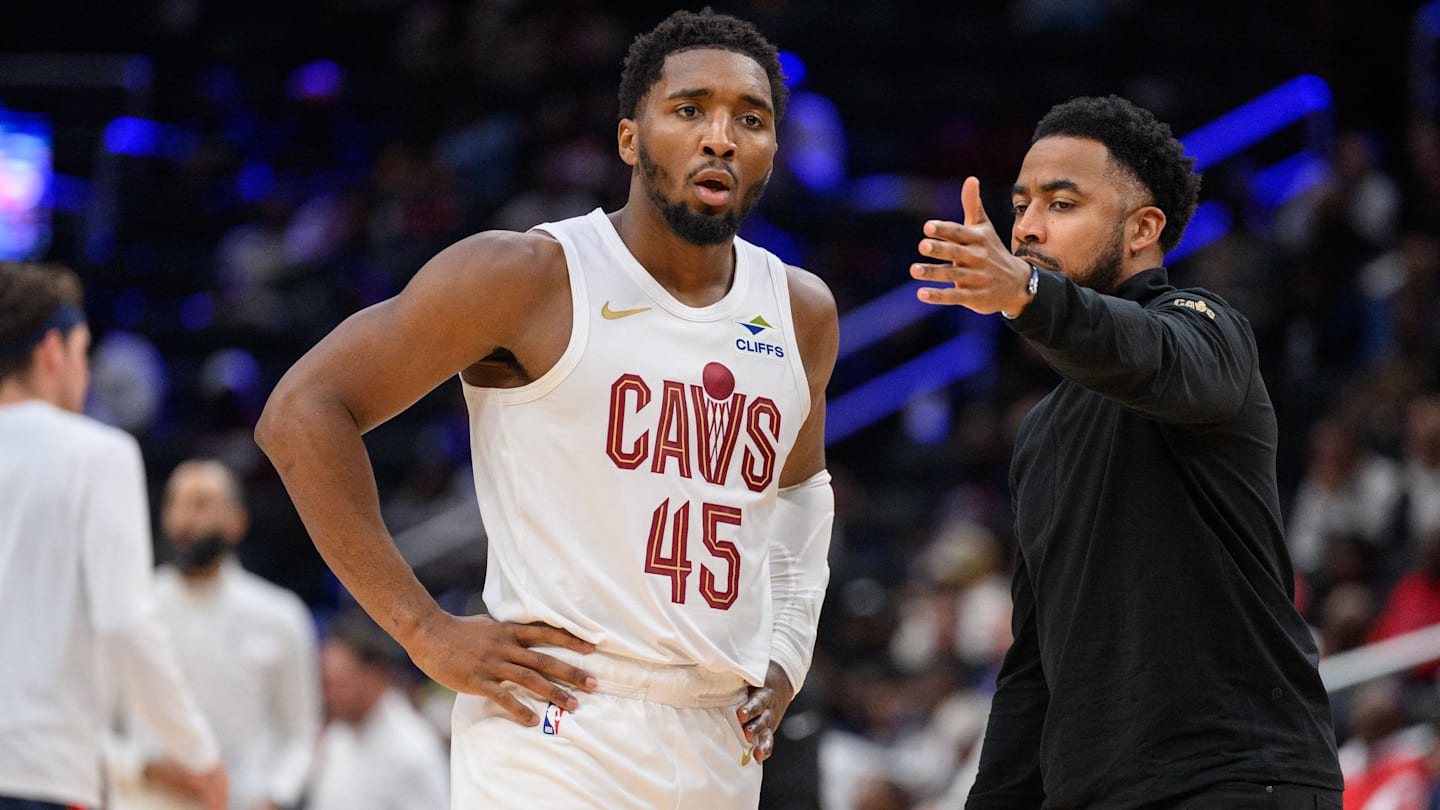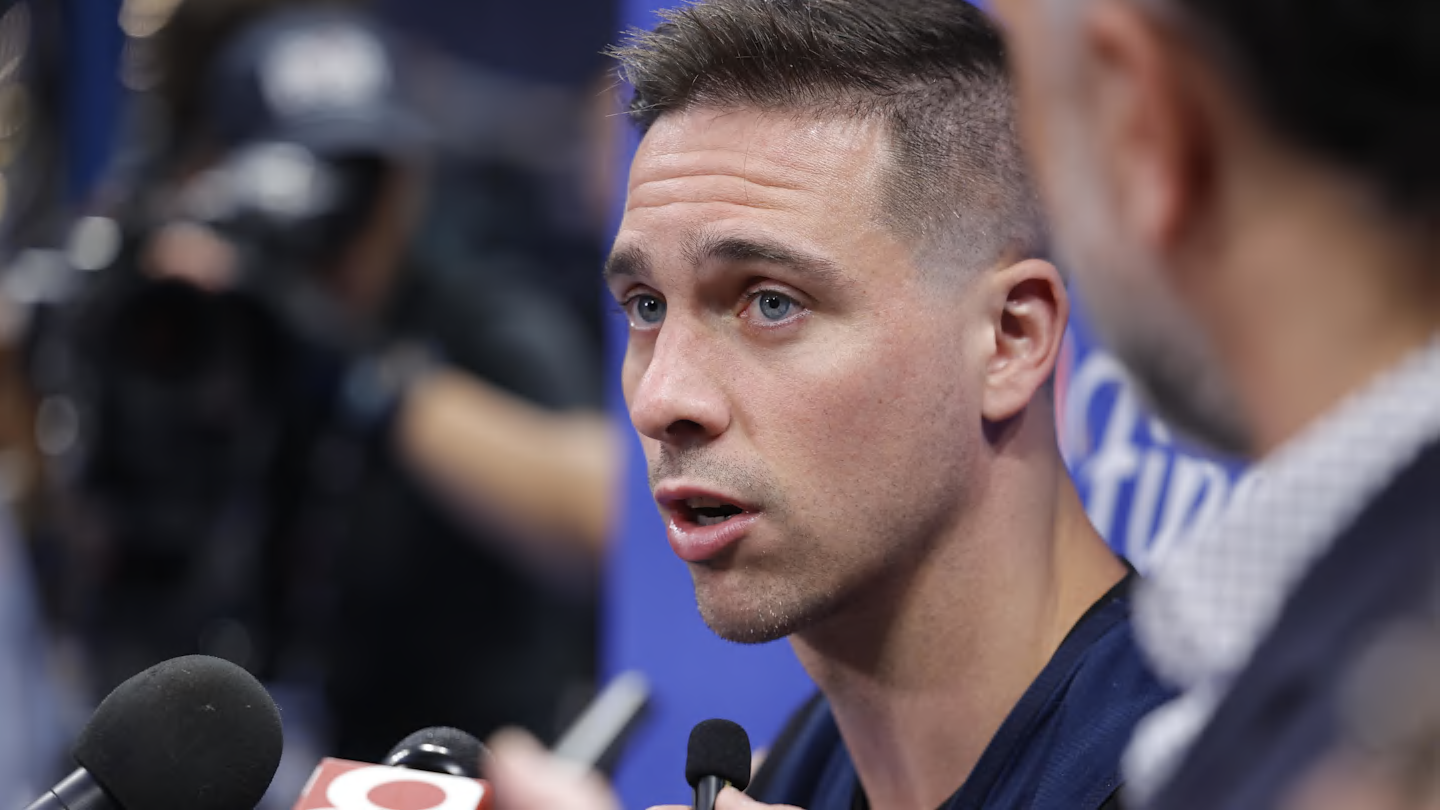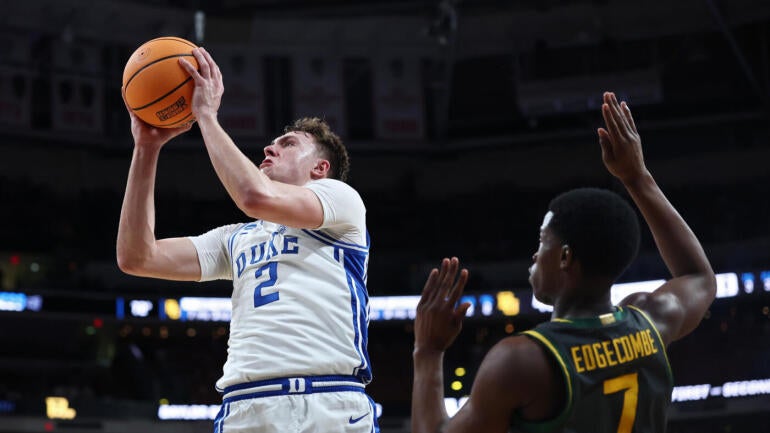
Comparison is the death of joy … but you have to wonder if Mark Twain would stick to that tune if the NBA Draft were around back then.
For draft fans, player comps can in fact be the root of joy. While no comp is ever perfect, it provides a context for fans to quickly familiarize themselves with prospects in a fun way.
Don’t kid yourself — real NBA decision-makers also participate in such activities. Again, it’s about context but also precedence. If you’re projecting a prospect to the next level and trying to figure out what role they’ll be able to play, it’s only natural to ask yourself if similar players have had success in that role.
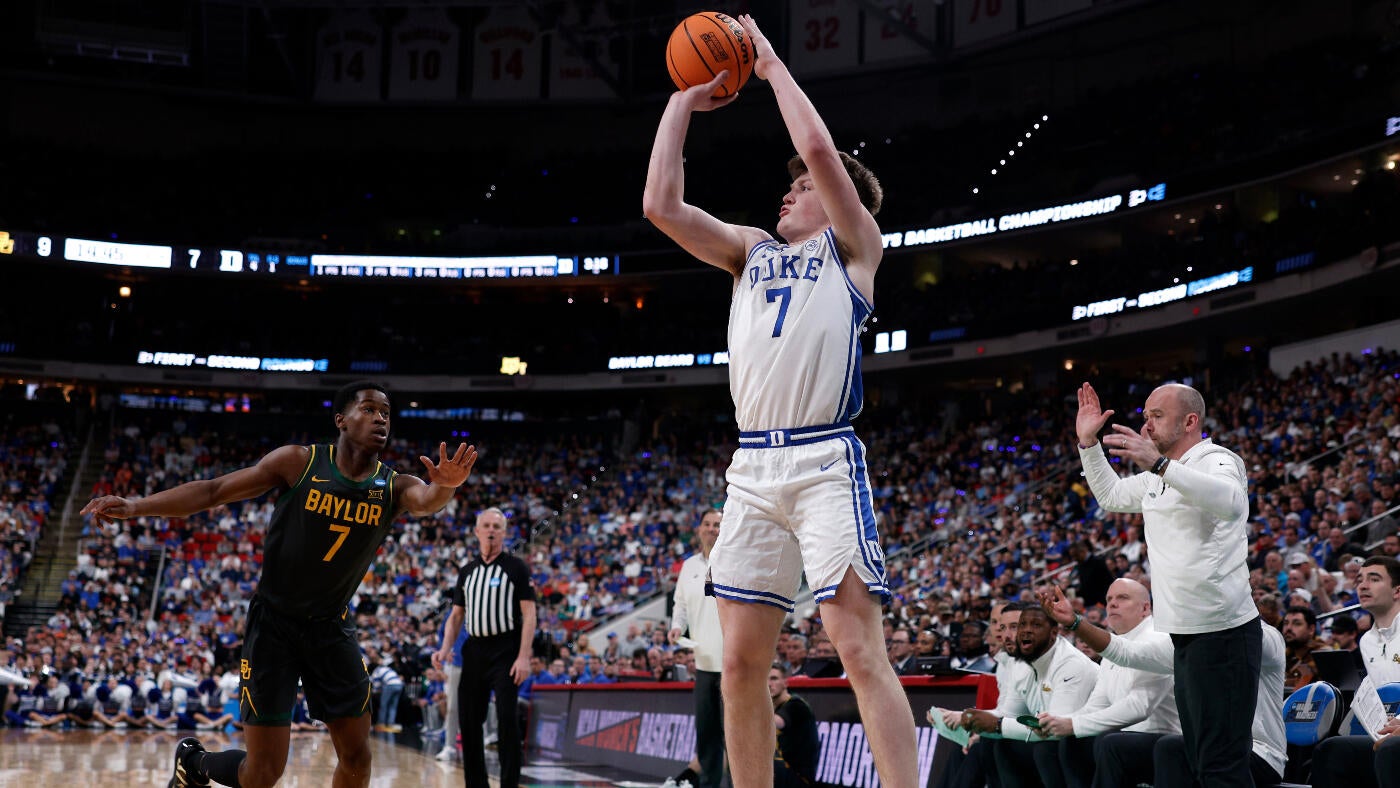
So, with the 2025 NBA Draft now little more than three weeks away and with six prospects most commonly being mocked in the top half of the lottery, here are the player comps to help prepare you for draft night and shed some light on what front offices may be contemplating.
Comp(s): Andrei Kirilenko & Scottie Pippen
Getty Images; CBS Sports Graphic
Kirilenko was my comp for Flagg coming into the season. A game-changing defender off-ball, with versatility on the ball at 6-foot-9, he approached nearly 5 stocks (steals + blocks) per game in his prime and had a rare ability to stuff all columns of the stat sheet. Offensively, he could impact winning without needing to the be the focal point, but was capable of being a very good secondary threat, if not a consistent shooter. While the validity of this comp still holds on the defensive end, Flagg has outgrown AK-47’s offensive correlation.
Coming into the year at Duke, we had two questions about Flagg: the consistency of the shooting (both from an accuracy and mechanical standpoint) and the self-creation. He addressed those by continuing to elevate his game and making glaring progress throughout the season, to the point where he shot over 40% from behind the arc in ACC play. He still tends to have two different releases — a set shot when spotting up and a true jump shot when shooting on the move or off the dribble — so there are some lingering questions, but not nearly to the same extent. There’s also much more optimism that he can be a primary scoring option in the NBA, and yet his game — specifically his passing and natural unselfishness — is ideal to complement another alpha scorer.
This is where the Pippen comp comes in. He looks like he can headline an offense, but whether that’s the offense of an NBA championship caliber team is still to be determined.
Comp: Cade Cunningham
Getty Images; CBS Sports Graphic
Harper is a big lead guard, measuring in at just under 6-foot-6 with shoes on and a massive wingspan that eclipses 6-foot-10. He has terrific natural instincts and feel for the game that manifest itself with floor vision, timing, and creative footwork. All of that helps him compensate for the fact that he is neither a totally knockdown three-point shooter, nor a dynamic vertical athlete. He came into college viewed as a combo-guard, capable of playing on or off the ball. While that versatility will translate to the next level as well, he was the full-time point guard at Rutgers and now is most natural as a primary initiator, which makes a potential fit for guard-stocked San Antonio at No. 2 overall questionable.
Our description of Harper is reminiscent of Cunningham, who was just a bit bigger, but from a very similar archetype when he came into the league. He’s made strides with his shooting, as Harper should be capable of doing, while simultaneously maintaining his ability to make plays for himself and others with his instincts and mental acuity for the game.
Many believe that Harper has a similarly bright future, but durability will be a key variable, as it has been for Cunningham. This past season was the first time in his four-year career that he’s played 70 games and he responded with his first All-NBA season.
Comp: Michael Porter Jr.
Getty Images; CBS Sports Graphic
In late December of his senior year, Bailey’s McEachern High School team traveled to New Jersey to play in an event at Rutgers’ Jersey Mikes Arena. The future Scarlet Knight delivered a 40-point 21-rebound performance that was one for the ages, and was streamed directly by the NBA.
It was on that night that Tracy McGrady comparisons were born. While those may be mocked now, to see it in person was to see the validity. The 6-foot-9 wing soared for numerous incredible dunks and simultaneously put on a tough shot-making show. This year at Rutgers there were more undeniable highs (39 points at Indiana, 37 at Northwestern), but not the overall consistency to perpetuate comps to one of the NBA’s all-time great wing scorers. So his comp drops several rungs.
Nonetheless, Bailey still has a combination of wing size, athleticism, and shot-making that gives him undeniable upside. His assist-to-turnover numbers are concerning and his inability to put more pressure on the rim in the halfcourt is somewhat surprising given his athletic tools. Porter had that same overlap of size, shooting and athleticism, along with similar measurables, and even some of the same concerns such as assist-to-turnover ratio and lack of blow-by in the halfcourt.
Bailey’s range of outcomes is perhaps wider than any other player in the top 6, but Porter’s path provides a clear template that could lead to long-term success and impacting winning.
Comp: Victor Oladipo
Getty Images; CBS Sports Graphic
Victor Oladipo was once known as an undersized wing who compensated for a lack of skill and positional size with extreme length, athleticism, and the high-motor. Edgecombe too was much more of a wing than true guard in high school and known for his extreme athleticism and two-way competitiveness. We saw him make notable strides with his guard skills during the course of his season at Baylor, but that process is one that will need to be on-going. He measured in at 6-foot-4 without shoes with a 6-foot-7 wingspan.
By comparison, he’s a little bigger than Oladipo, but not quite as long. The athletic similarities aren’t just based on their high-flying athleticism, but the sheer force and explosiveness they can utilize in to cover the court and explode downhill.
Edgecombe, like Oladipo, not only has to keep polishing and expanding his ball-skills and ability to make reads, but he has a chance to weaponize his physical gifts on the defensive end of the floor. He’s not yet quite as far along as advertised on that end, particularly off the ball, but the potential is there, both from a physical and mental perspective.
Comp: Cam Thomas
Getty Images; CBS Sports Graphic
Johnson is a potent scorer and tough shot-maker. He’s been that since high school. There was little doubt he was going to be given an opportunity to put up numbers this year at Texas, but the big question centered around his efficiency and ability to impact winning in the process.
There was a very similar narrative for Thomas when he arrived at LSU in 2019. He went on to put up 23 points on 17 shots per game for a team that went 19-10. Since then, his scoring prowess has continued to ascend in the NBA, but questions persist about whether his spurt bucket-getting can drive winning. Conversely, Johnson put up 20 points this year on 16 shots per game, but exceeded expectations when it came to his overall efficiency. His 43/40/87 shooting splits were more than respectable, especially for a freshman that was the top priority for opposing defenses on a nightly basis. He also made clear gains with his passing this year. It was the combination of that unexpected efficiency, albeit amidst steady volume, along with the gains in his processing that has helped him surge up draft boards.
There is optimism Johnson can be an instant-offense type scorer like Thomas, but if the growth we saw this season continues, there may be a path for him to be even more than that.
Comp: Austin Reaves
Getty Images; CBS Sports Graphic
Knueppel may not be the 6-foot-8 that Duke listed him at this year. In reality, he’s 6-foot-5 without shoes on with a wingspan just over 6-foot-6. In short (no pun intended), he’s not very long or athletic, but is still one heck of a basketball player.
Knueppel is skilled and smart. He’s a shooter and floor-spacer who thrived as a floor-spacer secondary playmaker for Duke this year and even may have had more primary playmaking potential than he got to show running alongside Flagg all year.
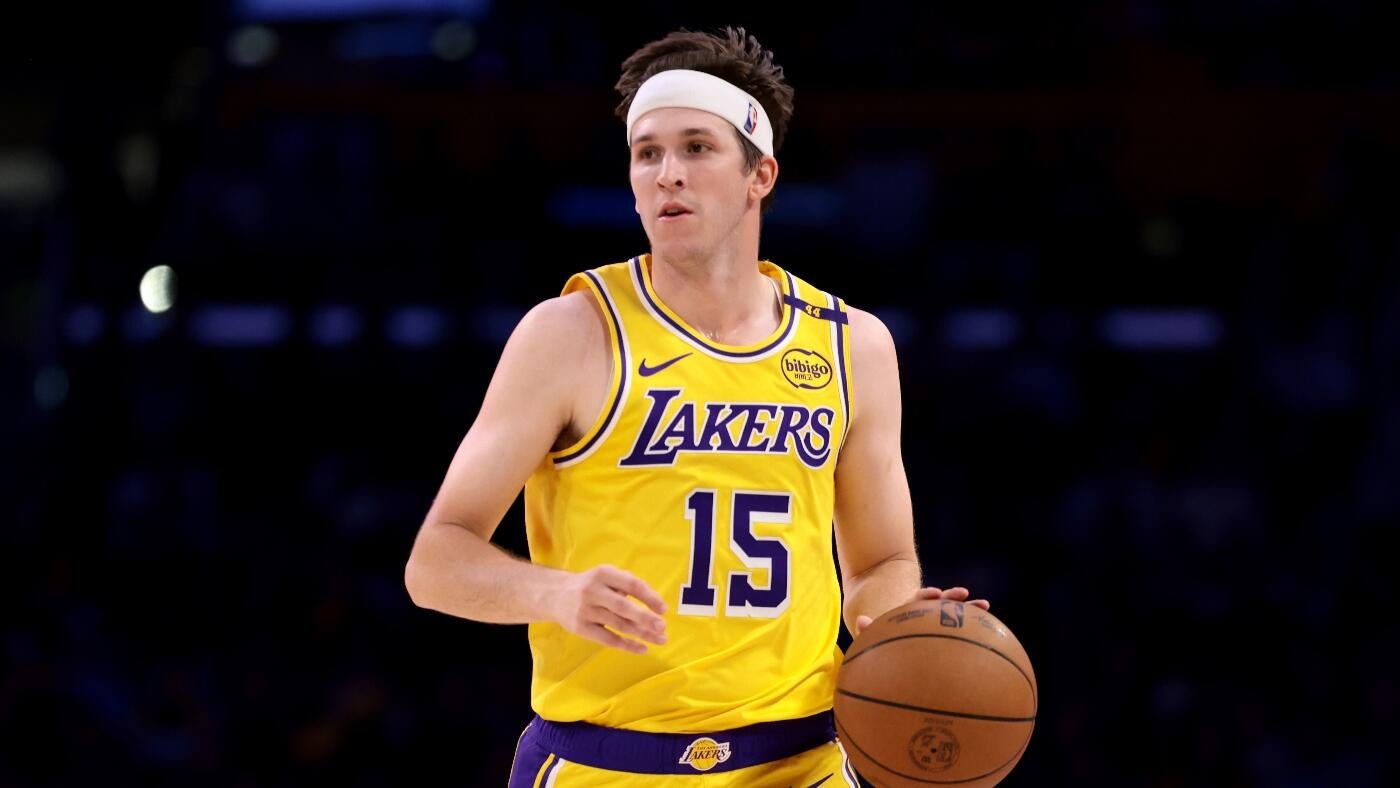
All of that is on par with what we’ve seen from Austin Reaves in recent years, as he took on a bigger role than expected right away for the Lakers and has seen his output grow with each passing year because of his ability to both play off more dynamic individual talents, but then have spurts where he can carry a second-unit.


